Long Live The 24 Hours Of Le Mans And The History Of The Automobile
Images: Gautam Sen & L’Automobile Club de l’Ouest
It was on the 27th of May 1923—a little over a hundred years ago—Frenchmen André Lagache and René Léonard in a specially developed 3.0-litre overhead camshaft-engined Chenard & Walcker racing car completed 128 laps of a street circuit near the French town of Le Mans at an average speed of 92 km/h.

The Chenard et Walcker covered a total distance of almost 2,210kms over 24 hours of continuous driving, proving that the French car was arguably the most reliable of sporting automobiles on sale then and establishing, in the process, a nature of competition which would contribute to the evolution of technical progress and promote the development of the automobile.

In 1922, Le Mans-based Automobile Club de l'Ouest announced the creation of a new type of competition, an endurance test—the world’s first 24 hours of racing. Many at that time believed that it was an insane concept (that the cars of that period wouldn’t last 24 hours of constant high-speed driving). Yet the Chenard et Walcker (along with 29 other cars) went on to complete the first race on that fateful day of May 1923, and the legendary 24 Hours of Le Mans was born.
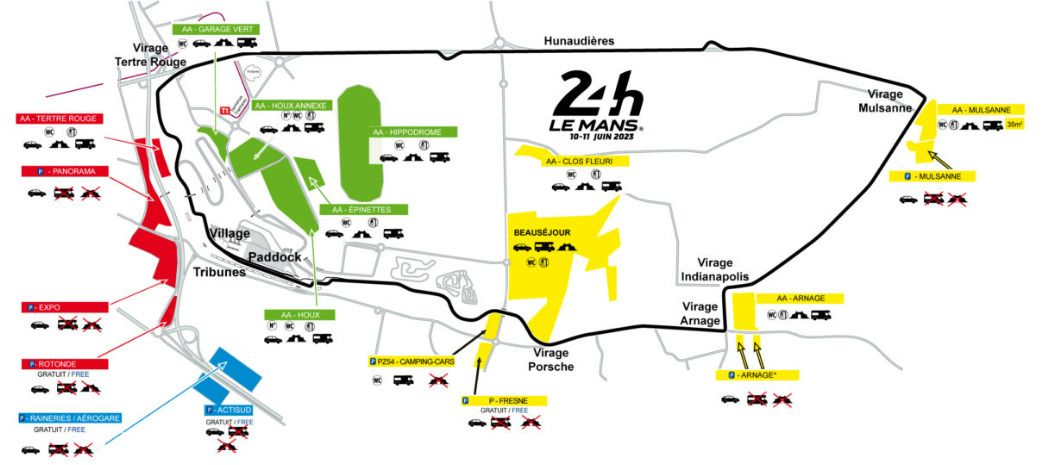
With a crew of two (later three) drivers per car who would rotate day and night for continuous racing, the first edition, with 33 teams, took place on the 26th and 27th of May, with the Lagache/Léonard Chenard et Walcker winning. Another Chenard et Walcker came in at second place and a Bignan 11HP Desmo Sport came in at third.

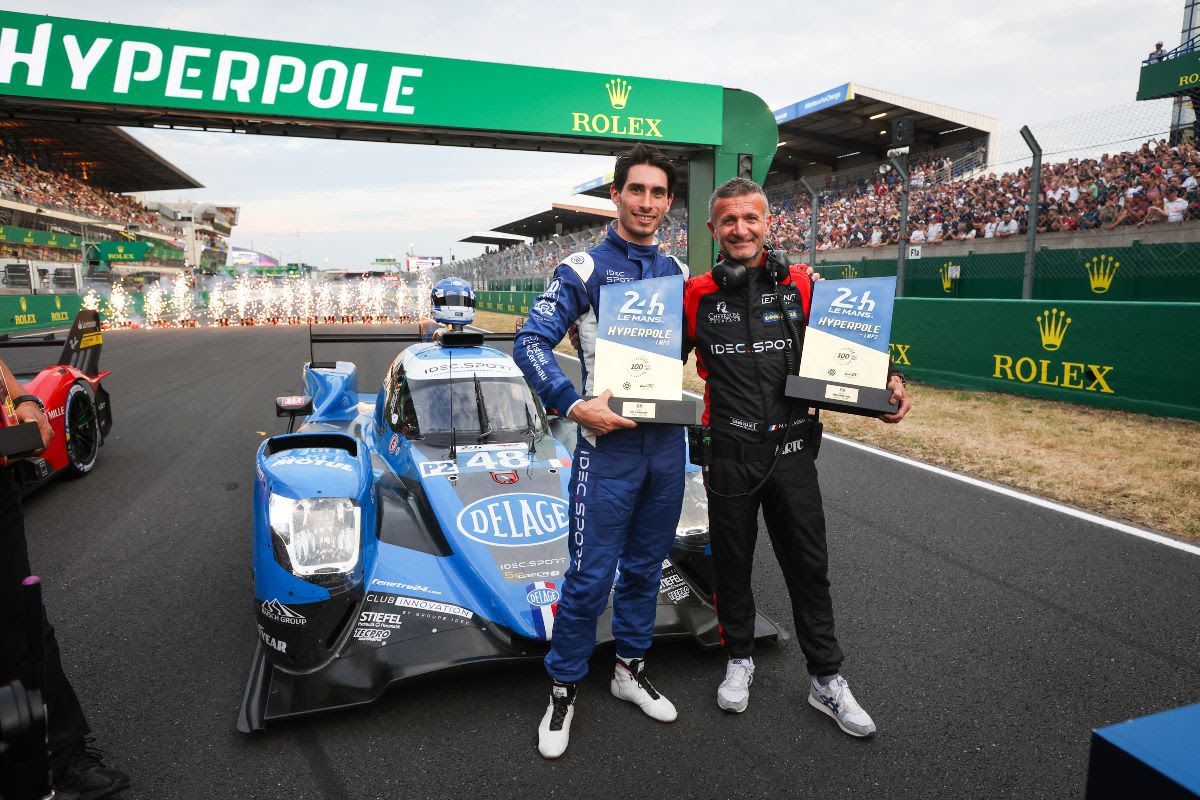
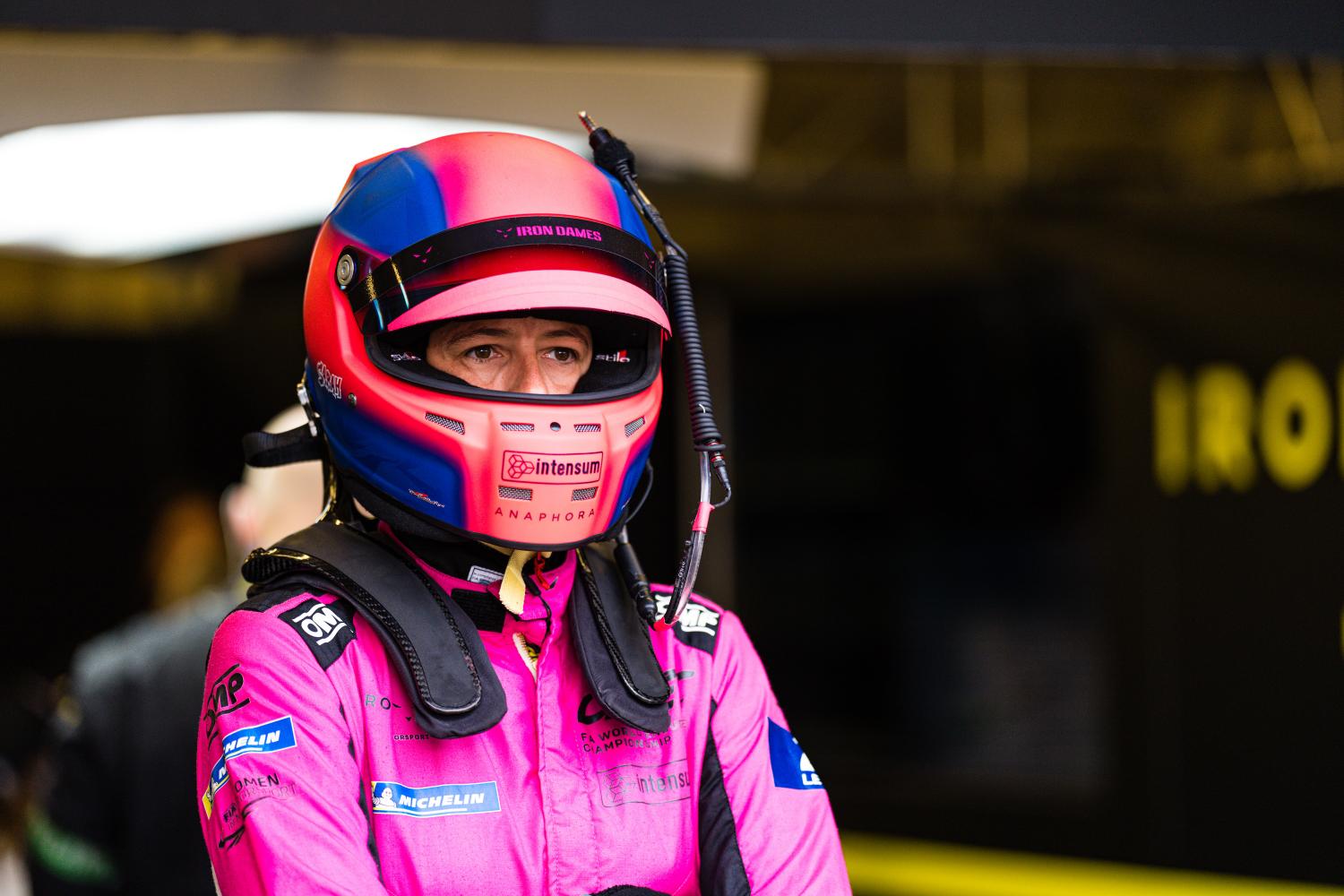
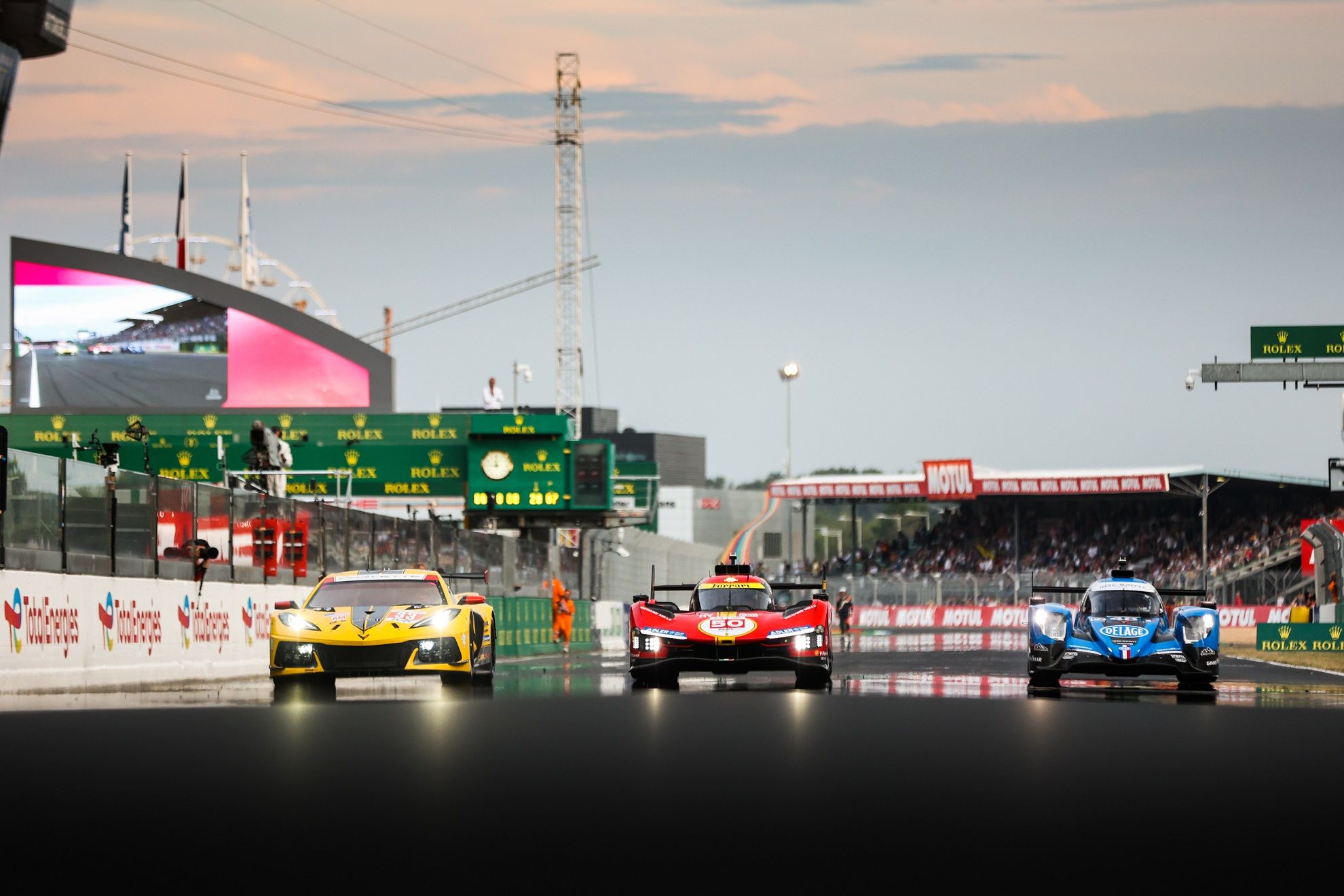
A privately entered (but factory-prepared) Bentley 3 Litre driven by Canadian John Duff and Englishman Frank Clement came in fourth despite fighting for the lead for most of the race (The story of Chassis 141, the first Le Mans Bentley (derivaz-ives.com). The following year Duff and Clement were back in another privately entered Bentley 3 Litre, this time finishing first, ahead of the two Chenard et Walckers and the second and third placed Lorraine-Dietrichs, thereby inscribing the Bentley name in the history books.
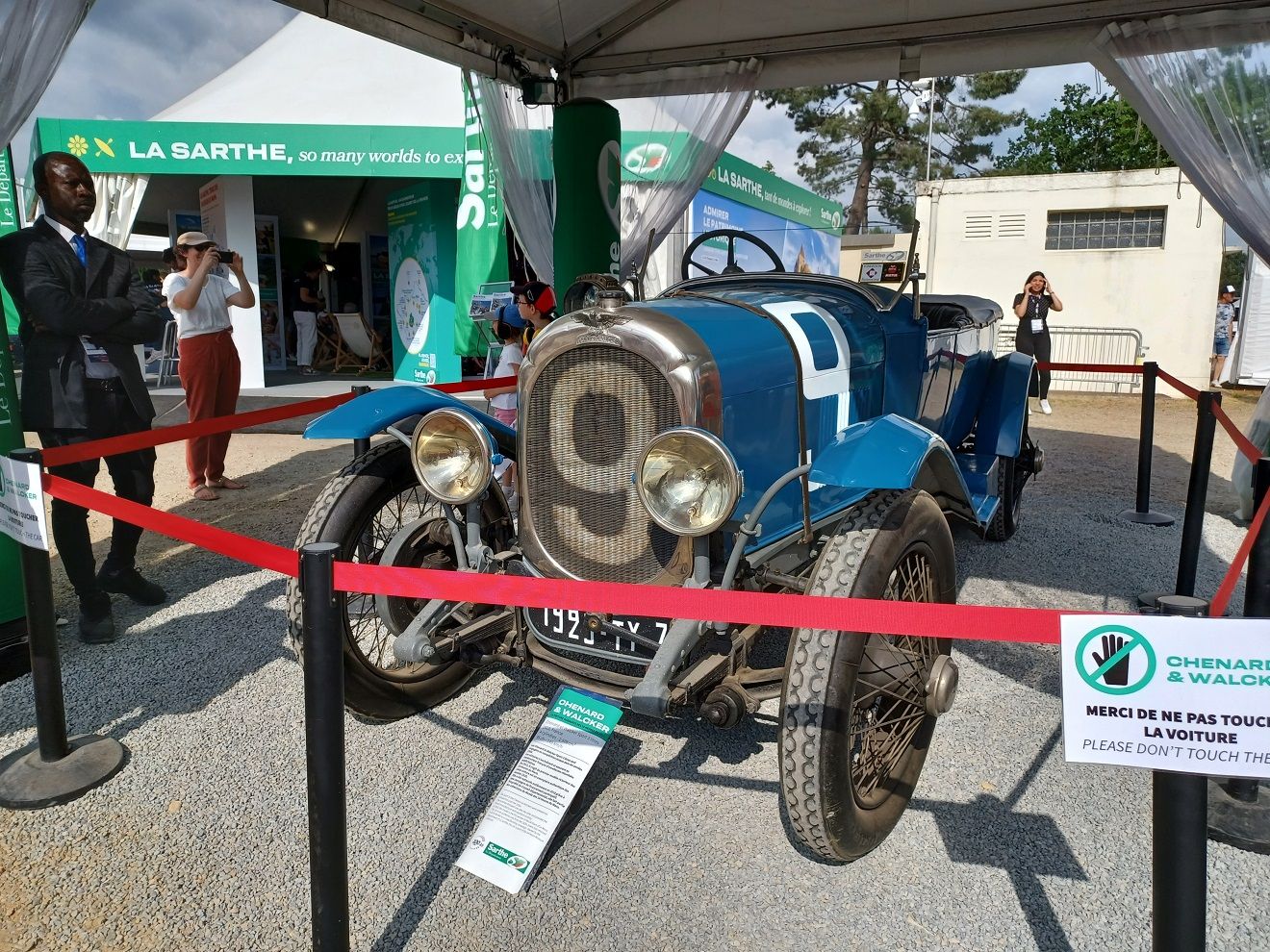
Encouraged by their win, Duff and Clement were back once again in 1925, but their Bentley retired halfway through the race. In 1926, Bentley entered three 3 Litre Bentleys, but not one completed the race despite showing impressive pace. It would be in 1927 that Bentley (in the new 4 ½ Litre) would see victory again at the 24 Hours of Le Mans, and then for the next three years go on to completely dominate the world’s greatest race and capture the headlines and the hearts of automotive enthusiasts the world over.
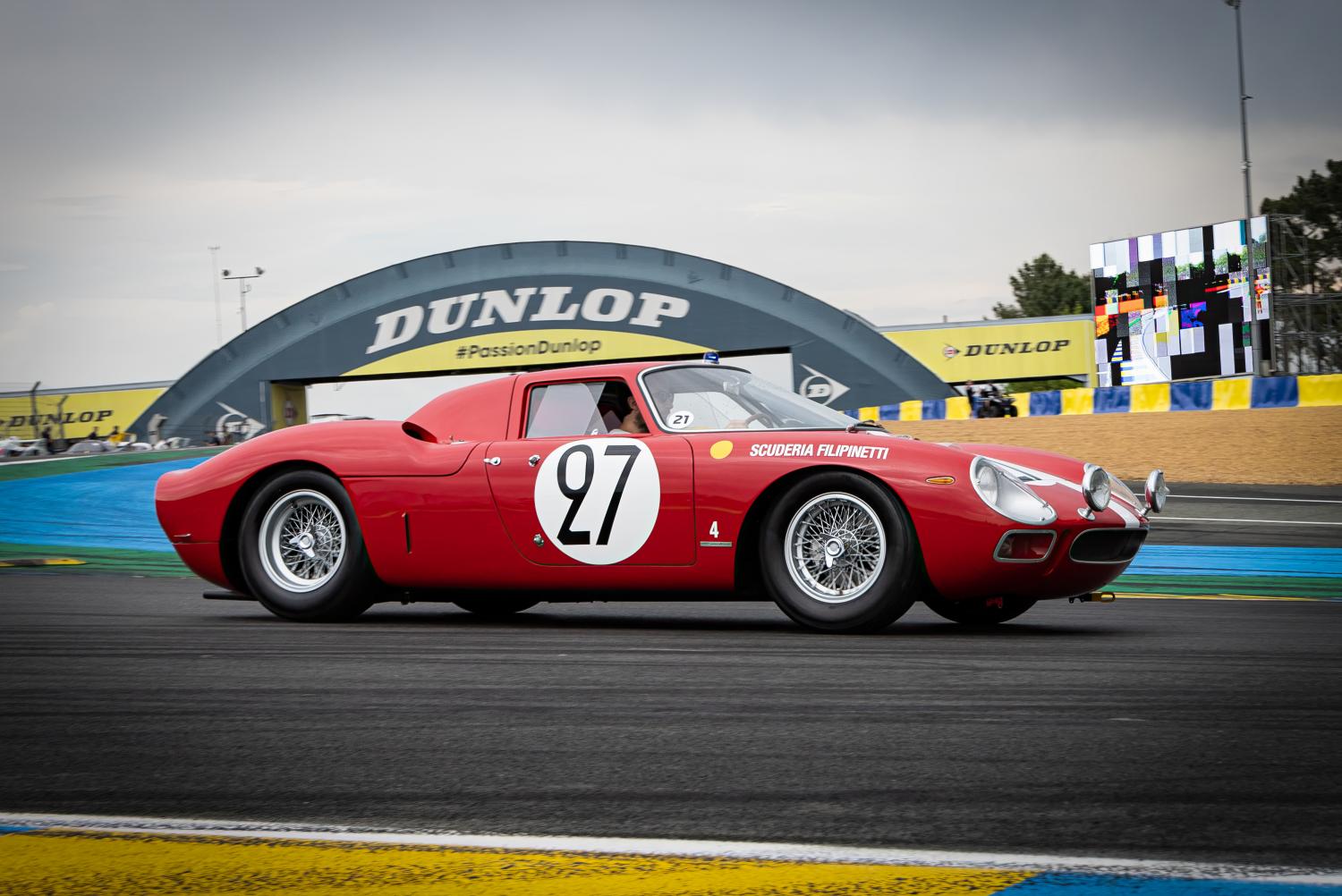
And just like these five wins at the 24 Hours of Le Mans went on to establish the reputation and desirability of Bentley as a maker of one of the finest of sports cars in the world, this race also embellished or established the fame of several other great automotive sporting brands such as Alfa Romeo, Aston Martin, Bugatti, Delahaye, Jaguar, Porsche, and of course Ferrari (as we know well from the Ford vs Ferrari movie).
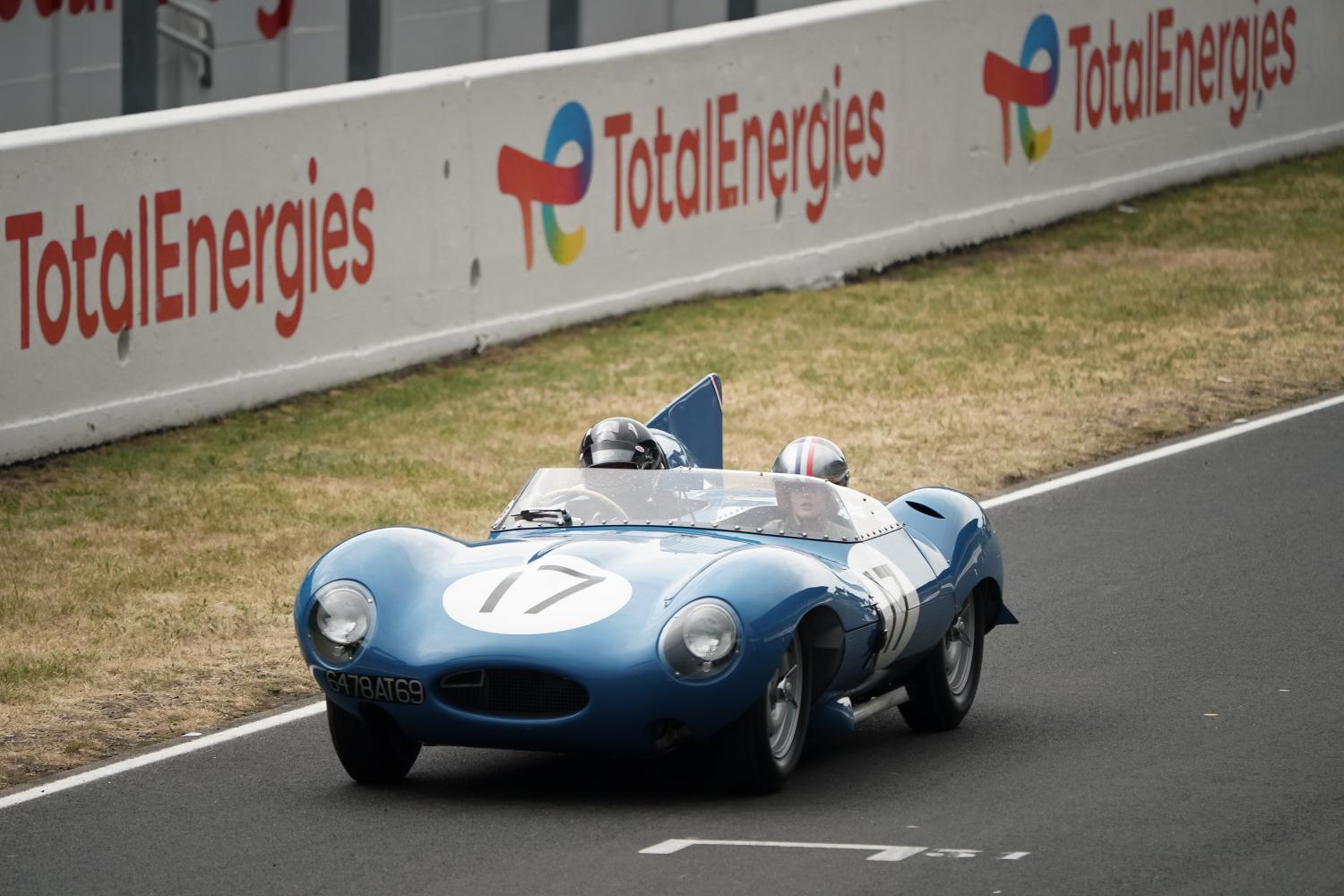
Therefore, it was indeed poetic justice that for the 100th anniversary of the 24 Hours of Le Mans—held over 10th and 11th of June last—it would be Ferrari once again winning the greatest of all races, in a close fight off against the mass volume big money carmakers such as Toyota and Peugeot. In front of a record crowd of 325,000 spectators, Alessandro Pier Guidi, James Calado and Antonio Giovinazzi steered the Ferrari 499P Hypercar to victory.

A Corvette won in the very popular LMGTE class for supercars from the likes of GM, Aston Martin, Ferrari, and Porsche, which had been converted into racing bolides. This year was the final appearance of the Grand Tourism Endurance (GTE) class at the 24 Hours of Le Mans before the arrival of GT3 from next year onwards. A tense race, it became a matter of survival, as several accidents and technical hitches put out 12 of the 21 contenders.
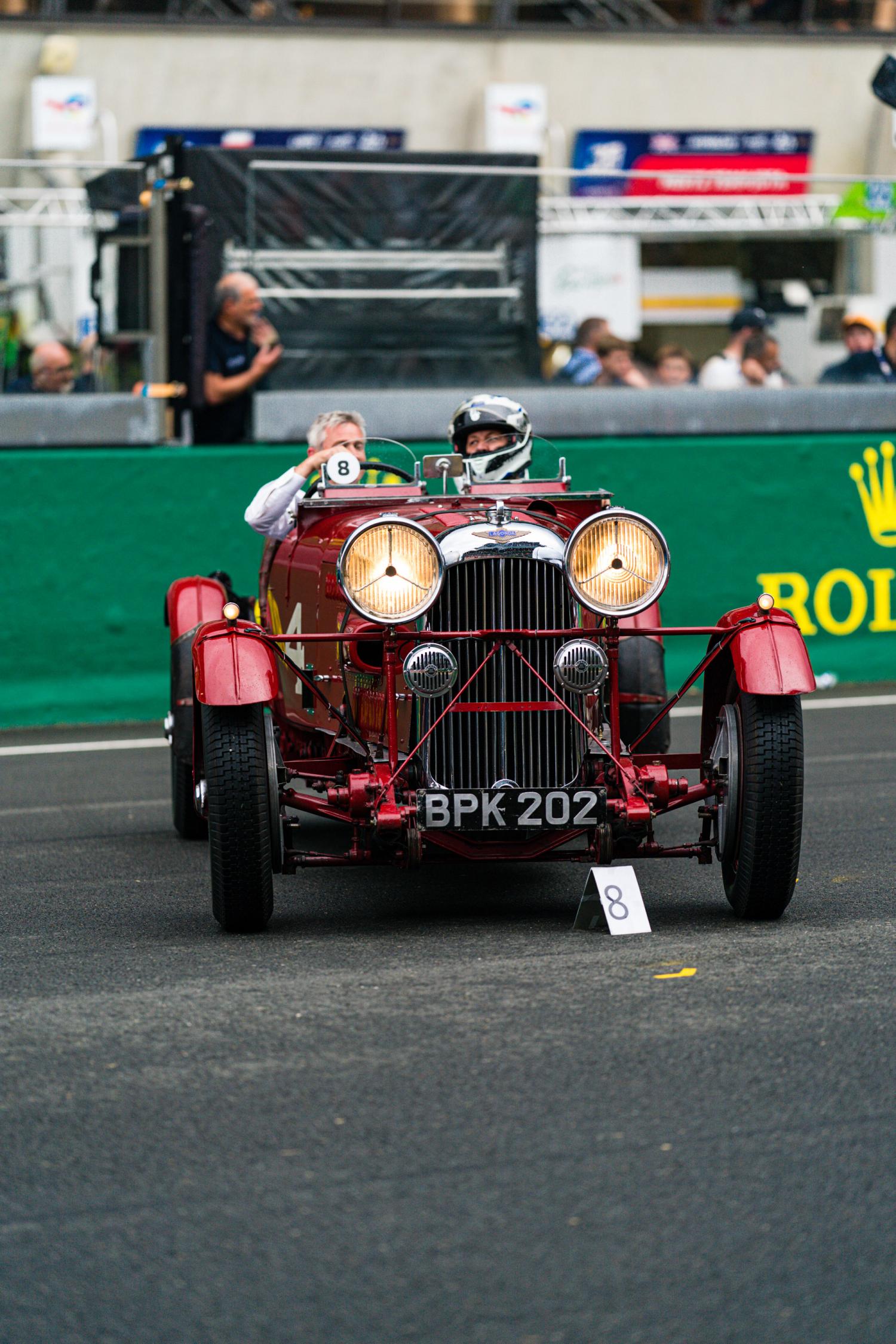

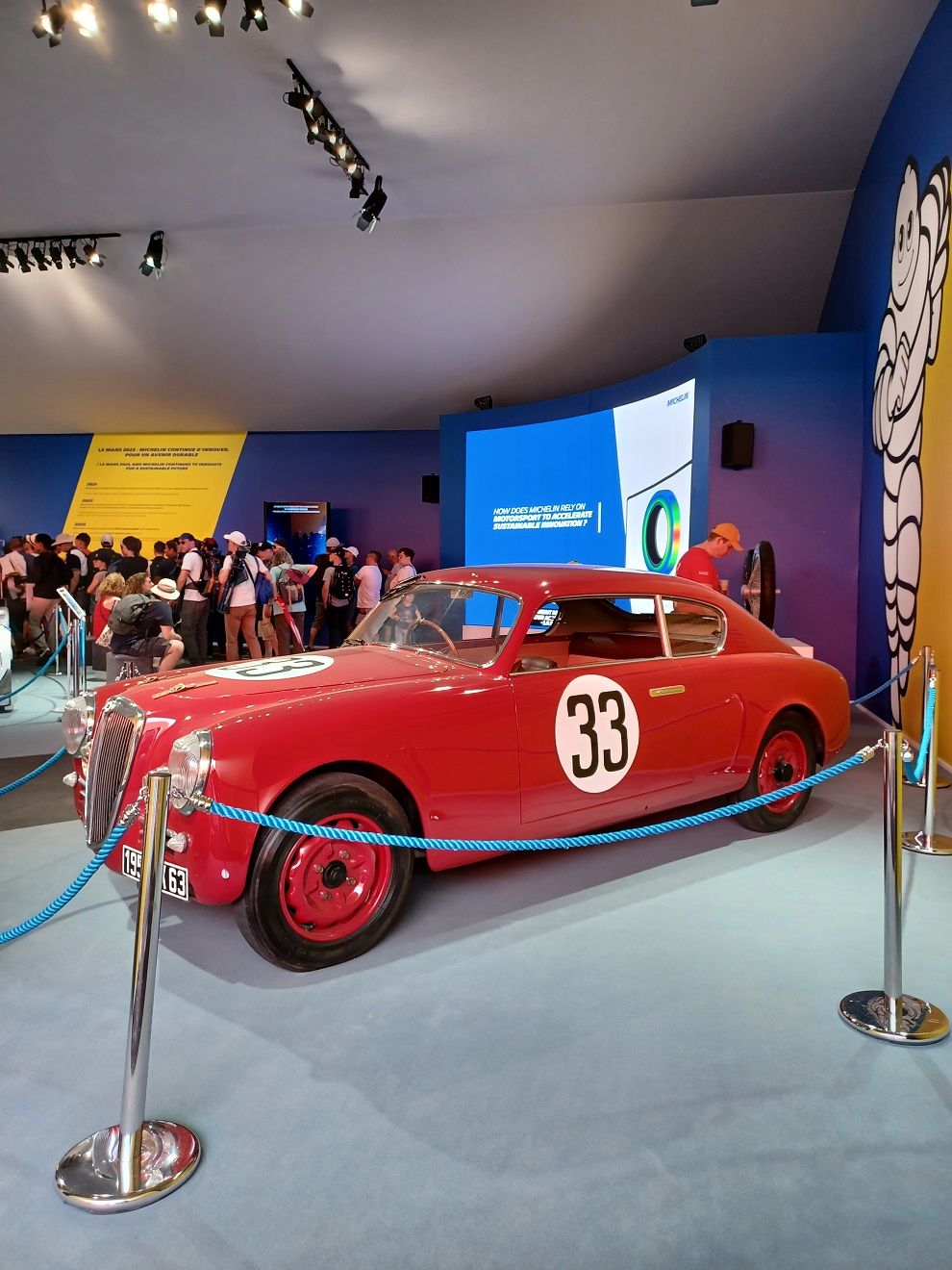
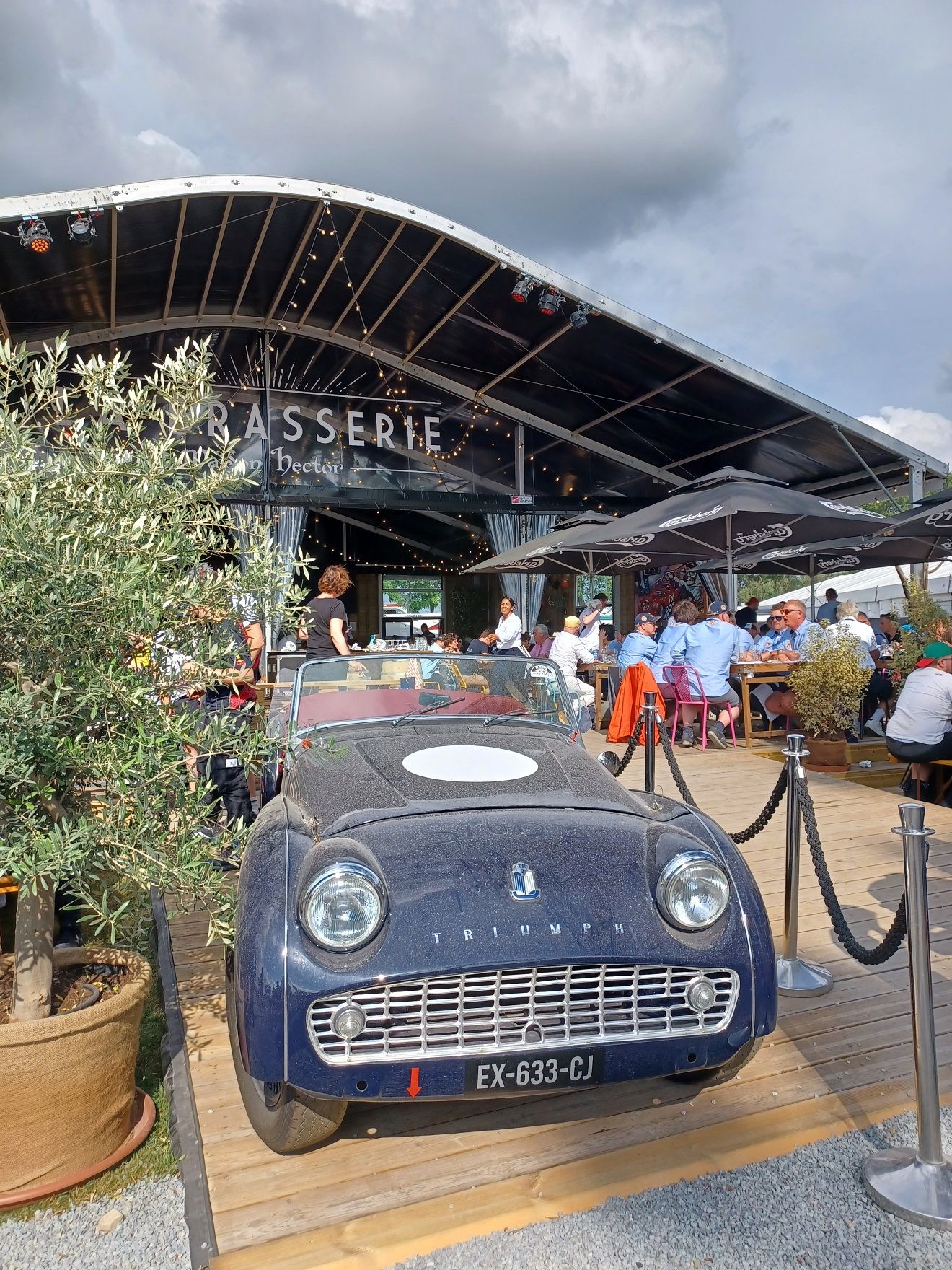
Noteworthy was the relentless tussle for top place in which the all-women team of Iron Dames—Sarah Bovy, Michelle Gatting and Rahel Frey—played a dominant part, although ultimately the Corvette drivers (Nicky Catsburg, Ben Keating, and Nicolas Varrone) ended up on top.
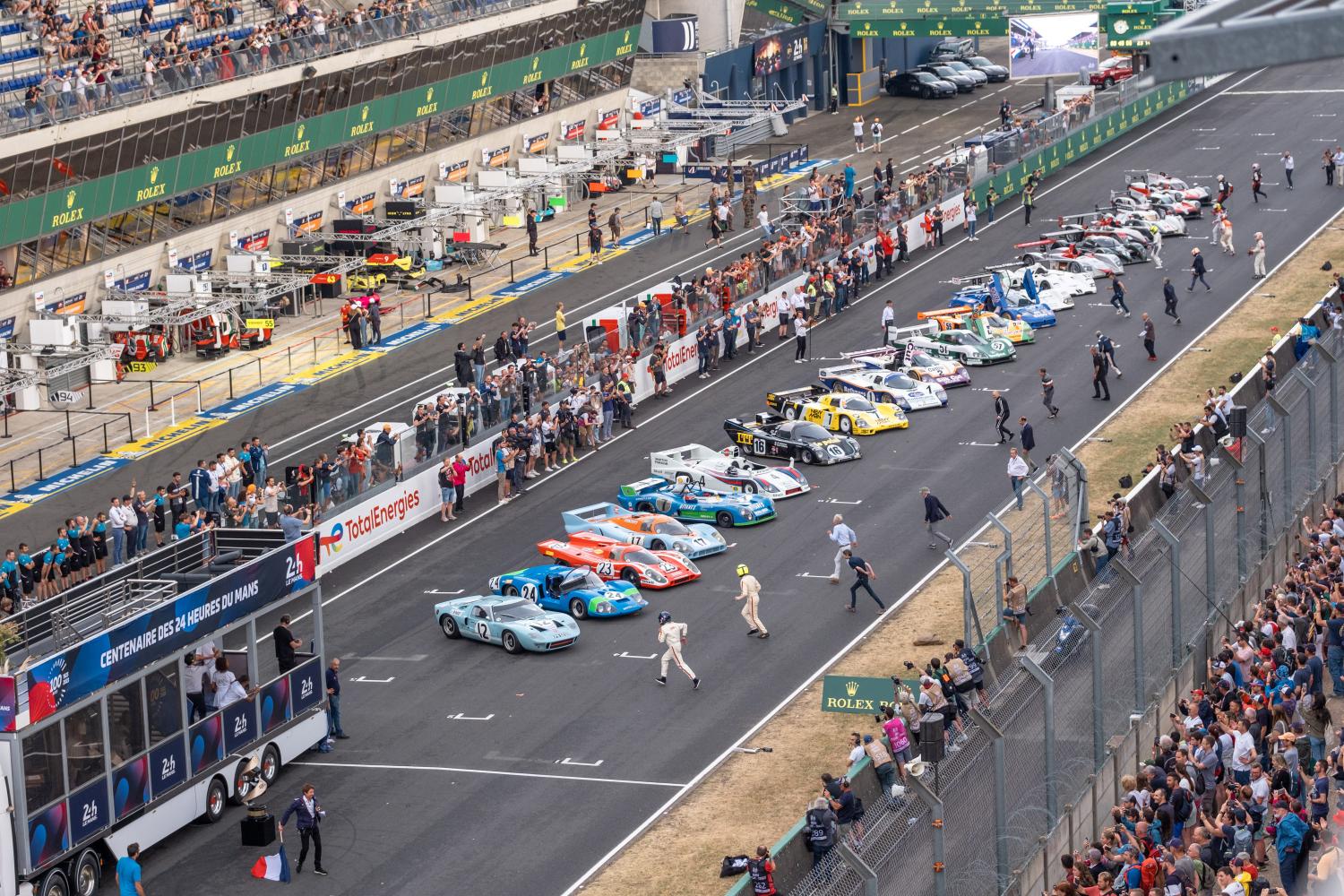
The faster LMP2 category had only French race car makers Orecas running, and the winner was car number 34 Inter Europol Competition with Jakub Smiechowski, Albert Costa, and Fabio Scherer sharing the driving.
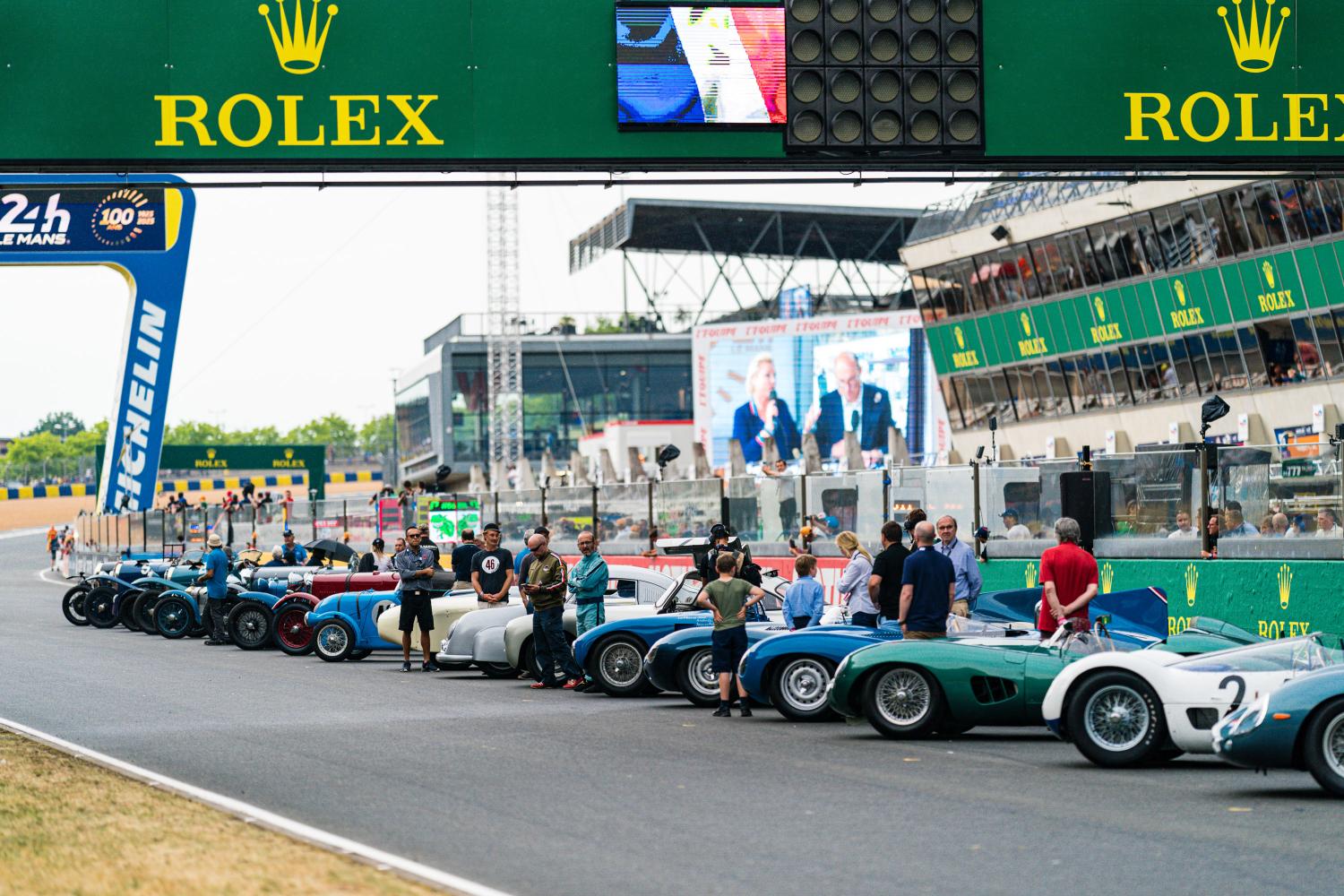
Of course, all the excitement was for the overall win. The new LMP1 or Hypercar class (as it is being termed) delivered on its bold promises for the centenary year race, with heady entertainment on and off the track throughout the event. Suspense ran high throughout, with battles, bumps and run-offs keeping fans and teams on their toes until the very last lap on Sunday.

The 100-year-old race had the last word, as always. Le Mans chose to crown Ferrari as the winner. The win comes 58 years after the manufacturer’s previous victory on this hallowed track.
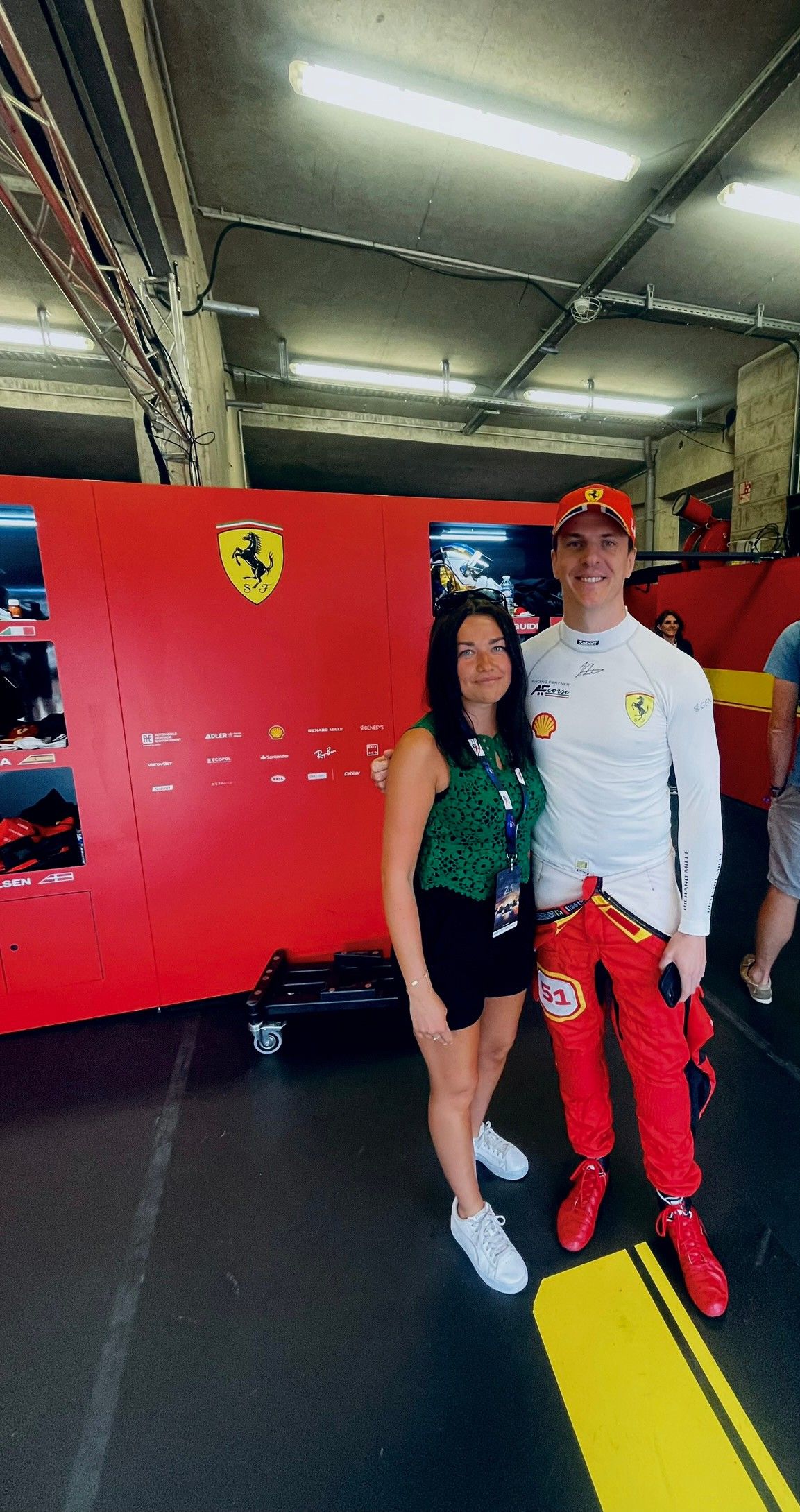
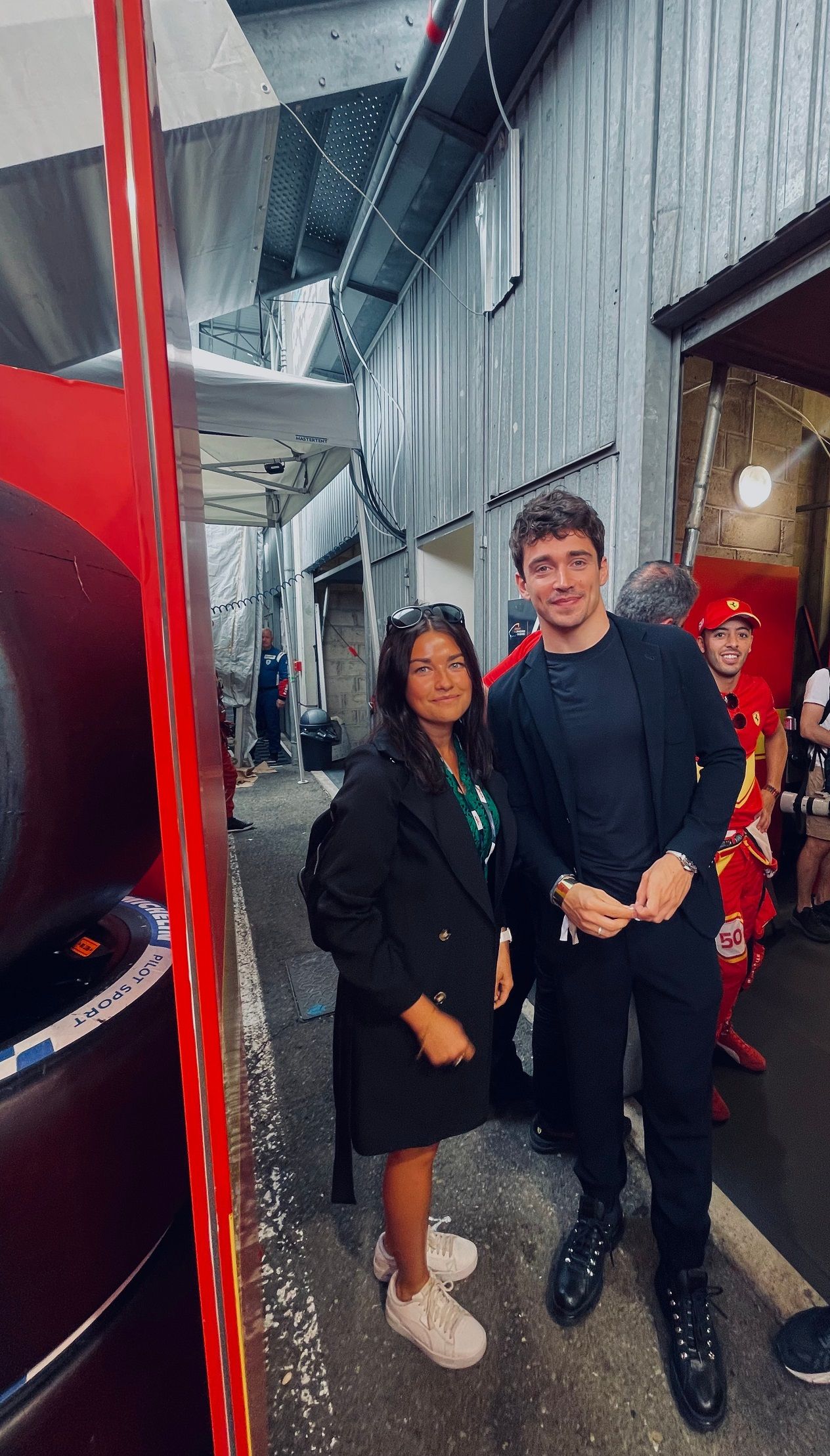
The 16 Hypercars from seven manufactures—Ferrari, Porsche, Toyota, Cadillac, Peugeot, Glickenhaus and Vanwall—with most fielding debut models, provided very close competition, with the lead changing several times.
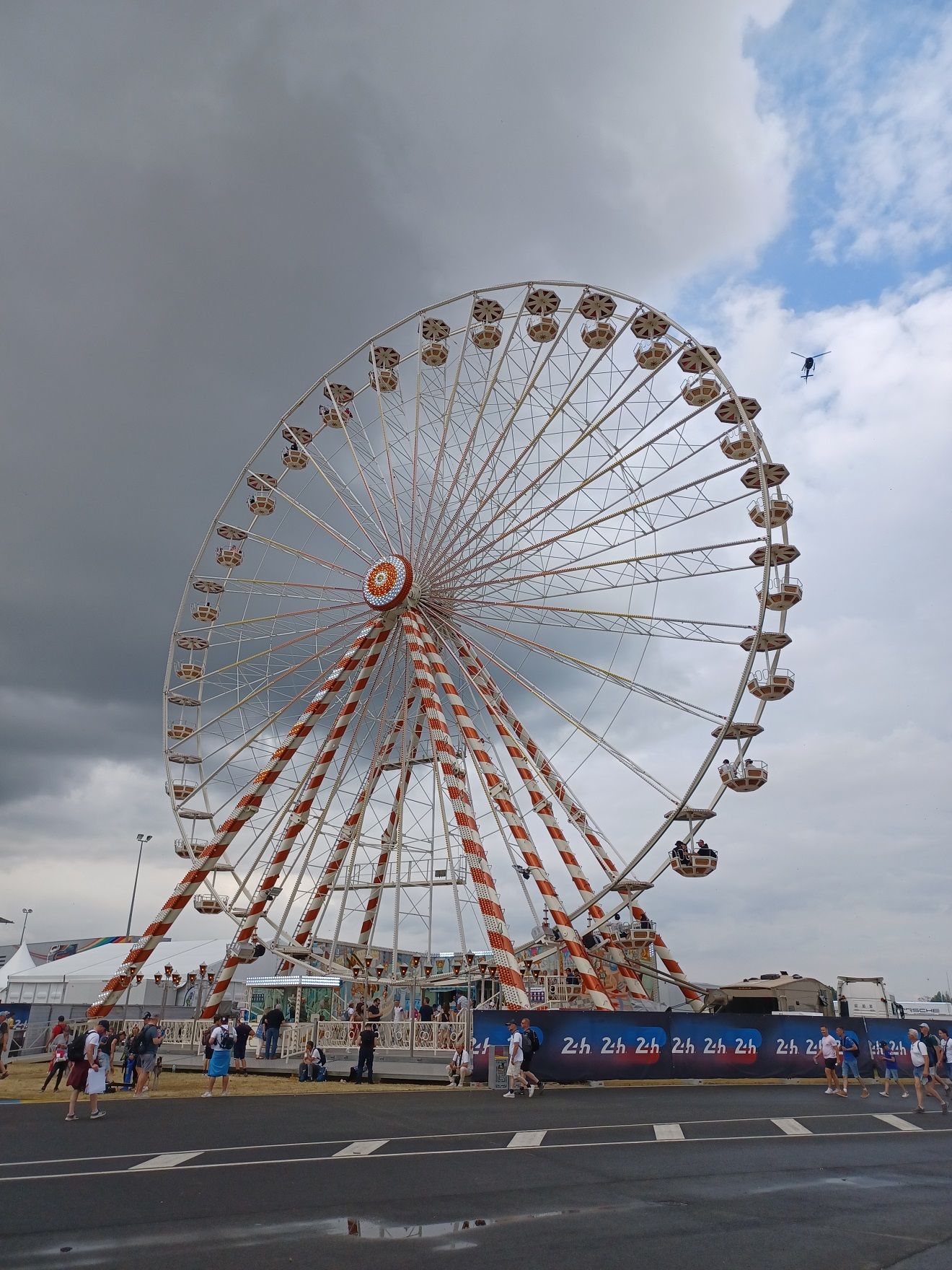
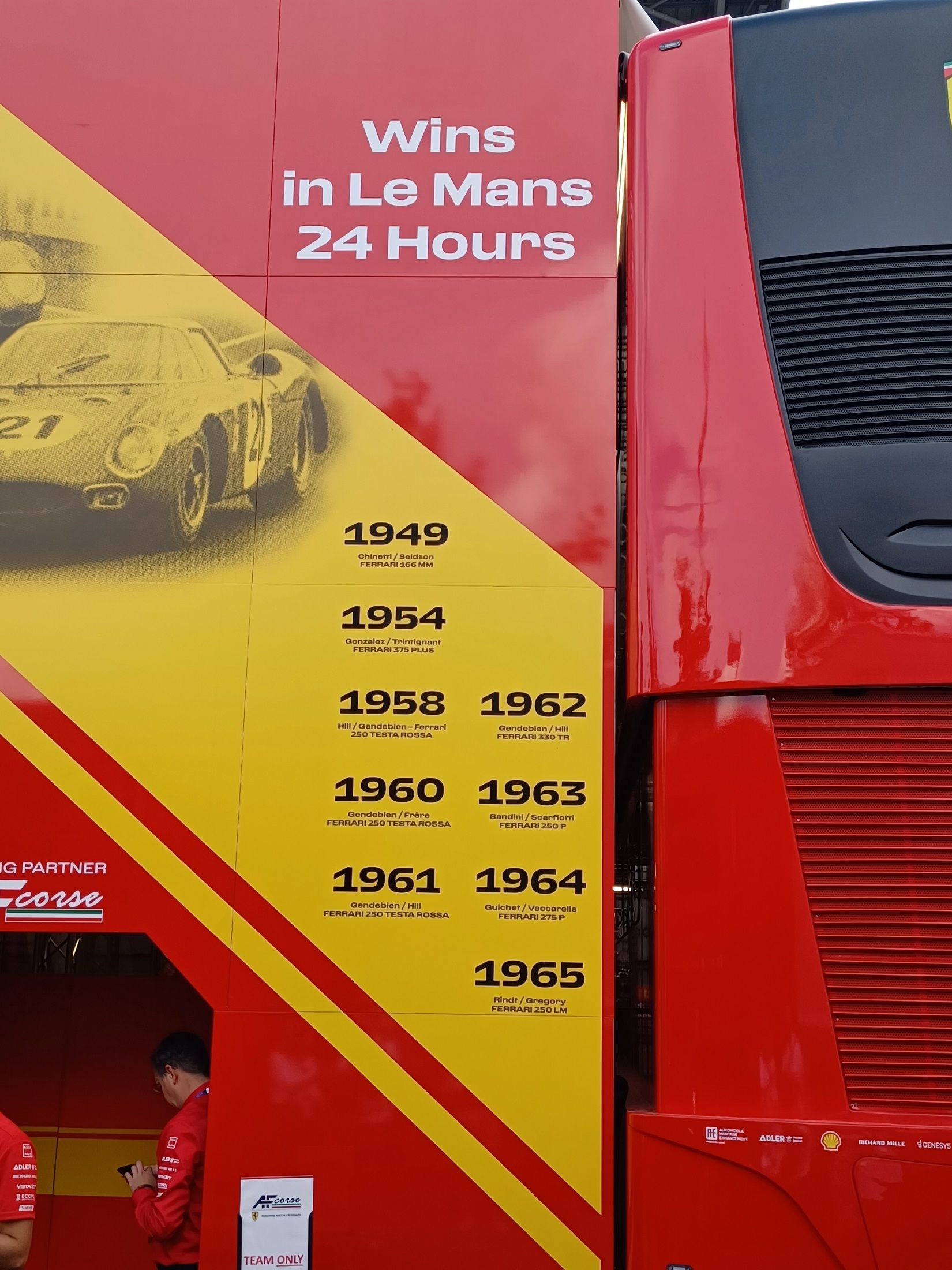
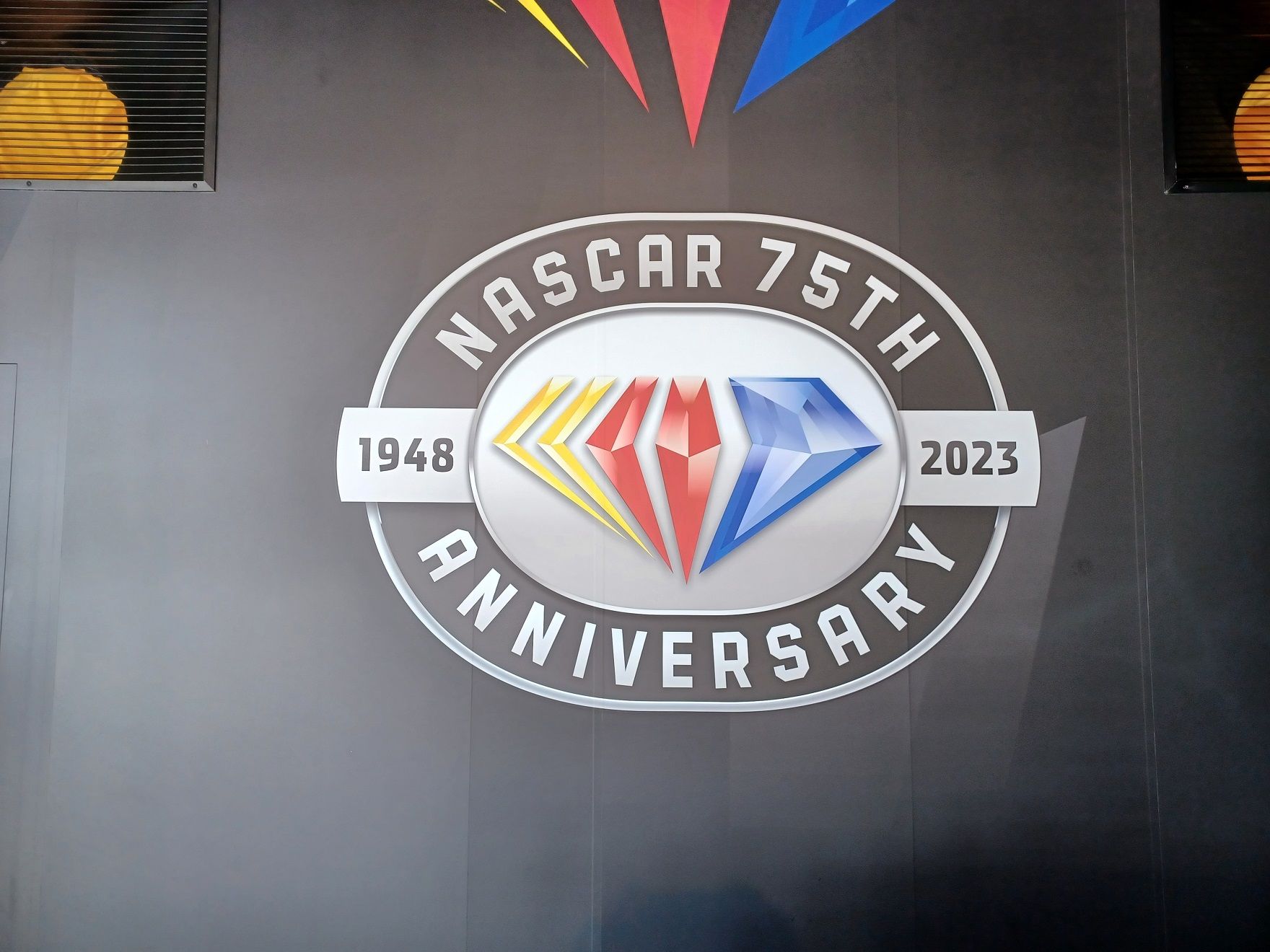
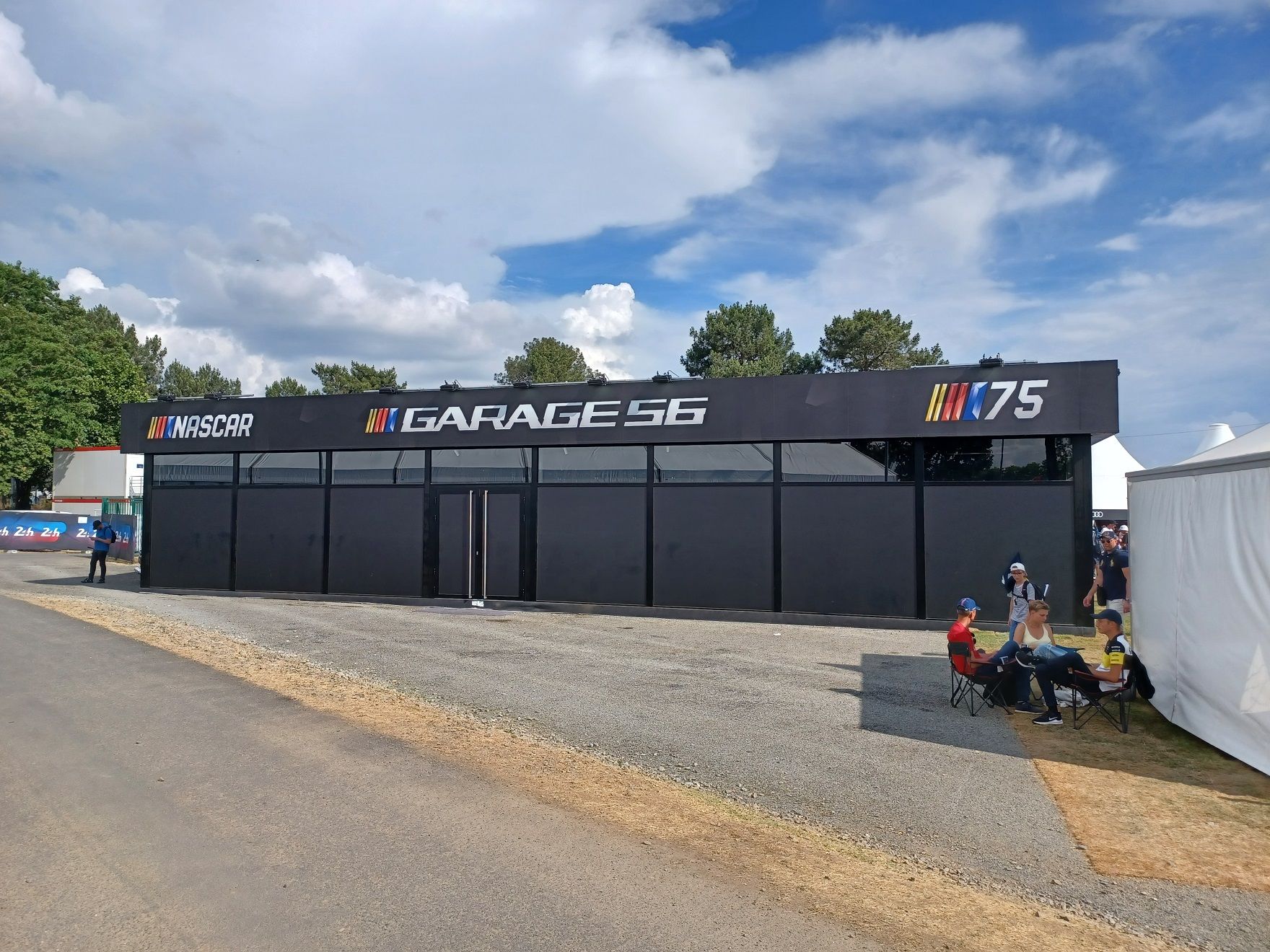
Of greater importance to the readers of this magazine were the pre-race parades and displays of the historic cars from yesteryear, which included the car that won the very first race a hundred years ago: the Chenard et Walcker of André Lagache and René Léonard. Although Lagache and Léonard are long dead (1938 and 1965 respectively), the car with which they established history lives on!
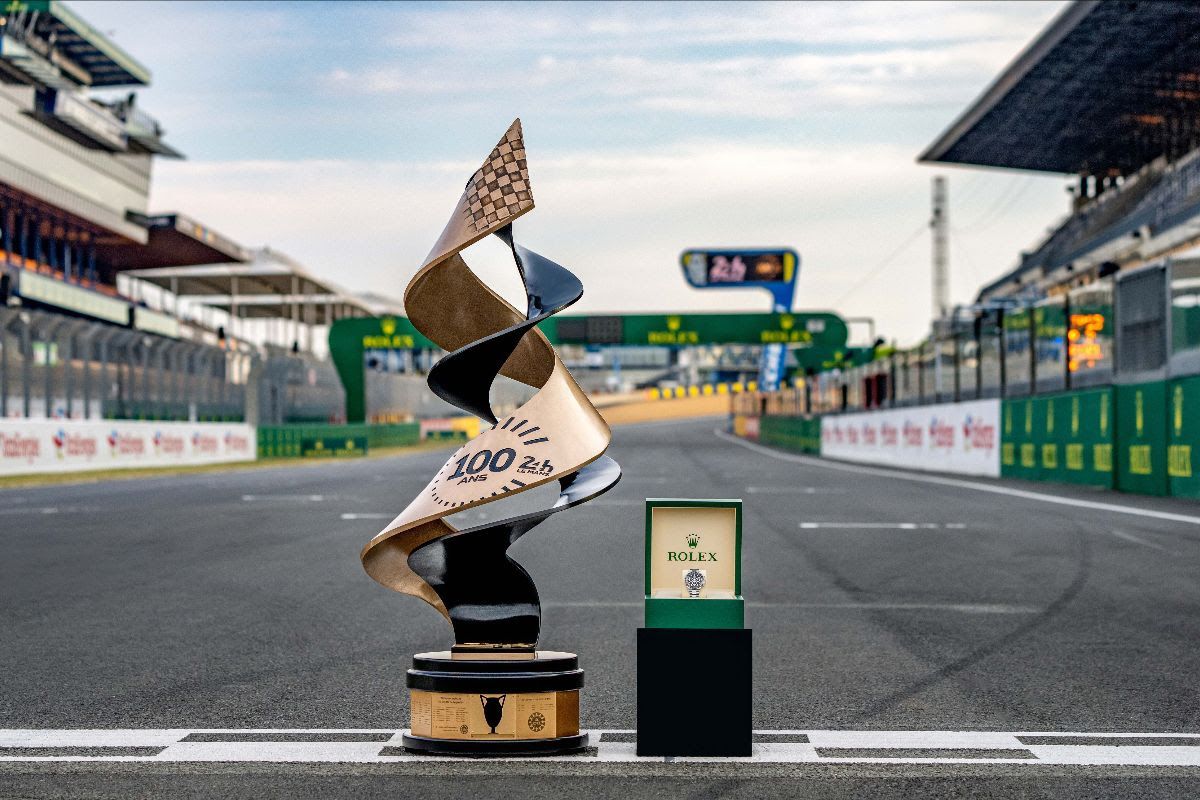
Long live the 24 Hours of Le Mans and long live the history of the automobile and automobilism!
Comments
Sign in or become a deRivaz & Ives member to join the conversation.
Just enter your email below to get a log in link.
